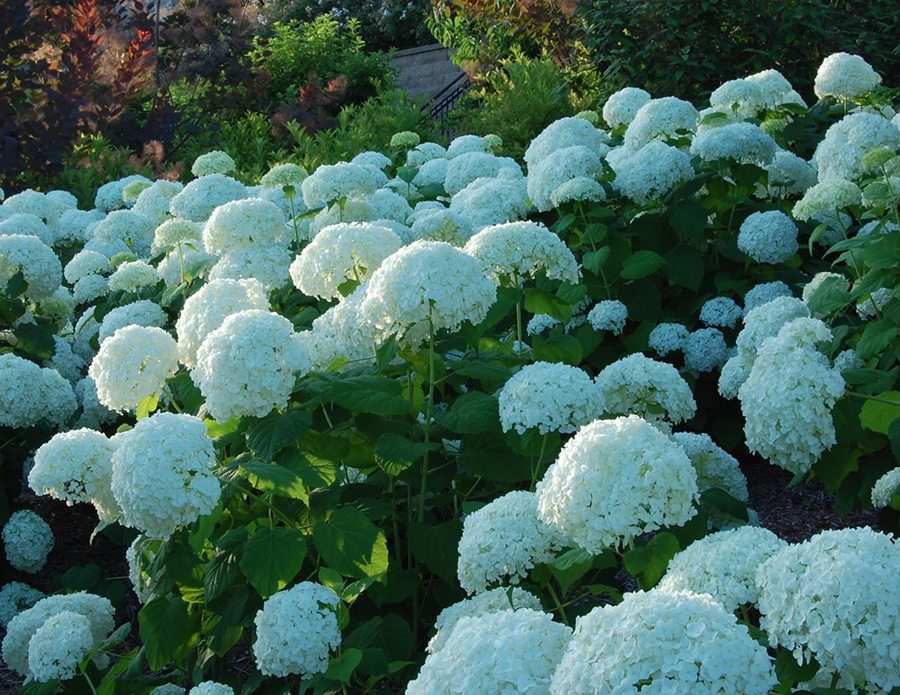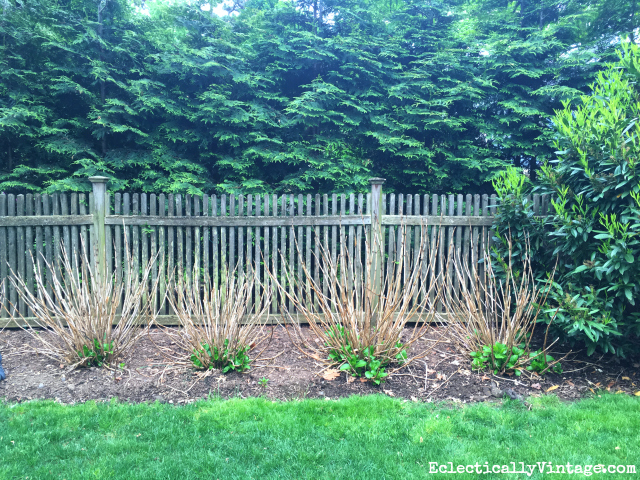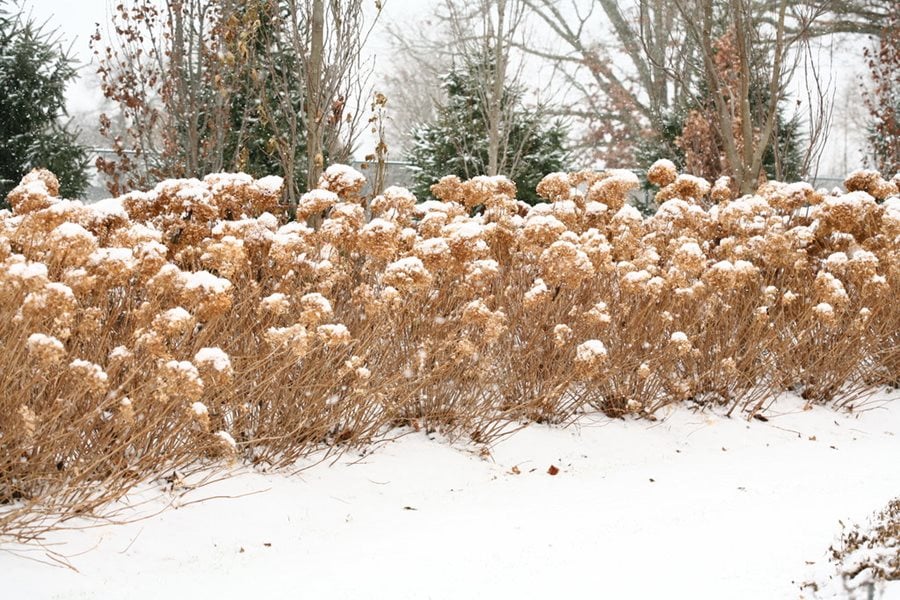How To Keep Your Hydrangeas Alive
Introduction
Hydrangeas are beautiful flowering shrubs that can add a touch of elegance to any garden. However, they can be tricky to care for, and if you're not careful, they can quickly wilt and die.
In this blog post, I will share some tips on how to keep your hydrangeas alive and thriving. I will cover everything from choosing the right location to watering and fertilizing. By following these tips, you can enjoy your hydrangeas for many years to come.
Main Content
Choosing the Right Location
The first step to keeping your hydrangeas alive is to choose the right location. Hydrangeas need full sun to partial shade, and they prefer well-drained soil. If you live in a hot climate, you may want to plant your hydrangeas in a spot that gets some afternoon shade.
Watering
Hydrangeas need plenty of water, especially during the first year after planting. Water your hydrangeas deeply once a week, and more often if the weather is hot or dry. Be sure to water the soil around the roots, not just the leaves.
Fertilizing
Hydrangeas need to be fertilized every spring and fall. Use a balanced fertilizer, such as 10-10-10, and follow the directions on the label. You can also use a fertilizer specifically for hydrangeas.
Deadheading
Deadheading is the process of removing spent flowers. This will help to encourage new blooms and keep your hydrangeas looking their best. You can deadhead hydrangeas by hand or with a pair of scissors.
Winter Protection
If you live in a cold climate, you will need to protect your hydrangeas from the winter weather. Mulch around the base of your hydrangeas with a few inches of wood chips or bark. You may also want to cover your hydrangeas with a burlap sack or other protective material.
Conclusion
By following these tips, you can keep your hydrangeas alive and thriving for many years to come. With a little care and attention, you can enjoy these beautiful flowers for years to come.
Hydrangeas are beautiful flowers that can add a touch of elegance to any garden. But what happens to hydrangeas in winter? Do they die back? How do you care for them during the cold months?
If you're wondering about hydrangeas in winter, is a great resource. This website has a wealth of information on hydrangea care, including winter care. You'll learn how to prepare your hydrangeas for winter, how to protect them from the cold, and how to care for them after winter.
also has a blog with articles on a variety of gardening topics, including hydrangeas. The blog is a great way to stay up-to-date on the latest hydrangea news and trends.
So if you're looking for more information about hydrangeas in winter, be sure to visit . You'll find everything you need to know to keep your hydrangeas healthy and beautiful all year long.
FAQ of hydrangea in winter
1. How do I protect my hydrangeas from winter damage?
- Water your hydrangeas well before the ground freezes. This will help the roots stay hydrated and prevent them from drying out.
- Apply a layer of mulch around the base of your hydrangeas. This will help insulate the roots and prevent them from freezing.
- If you live in an area with cold winters, you may want to consider wrapping your hydrangeas in burlap or other protective material. This will help prevent the leaves and stems from being damaged by the wind and snow.
- Bring potted hydrangeas indoors for the winter. Place them in a cool, bright location and water them sparingly.
2. When should I prune my hydrangeas in winter?
- You can prune hydrangeas in late fall or early spring. However, it is best to prune them in late fall, after the plant has gone dormant. This will help prevent the plant from bleeding sap.
- When pruning, be sure to remove any dead, diseased, or damaged branches. You can also thin out the plant to improve air circulation.
- Do not prune hydrangeas in the middle of winter, as this can damage the plant.
3. What type of soil do hydrangeas need in winter?
- Hydrangeas prefer well-drained, slightly acidic soil. If your soil is alkaline, you may need to add sulfur to acidify it.
- The soil should also be moist but not soggy. Water your hydrangeas regularly during the winter, especially if the weather is dry.
4. How do I fertilize hydrangeas in winter?
- You can fertilize hydrangeas in winter with a balanced fertilizer. Apply the fertilizer at the base of the plant and water it in well.
- Do not fertilize hydrangeas too late in the winter, as this can encourage new growth that will be damaged by the cold.
5. What are some common pests and diseases that affect hydrangeas in winter?
- Hydrangeas are susceptible to a number of pests and diseases, including aphids, scale, and powdery mildew. If you notice any pests or diseases on your hydrangeas, treat them immediately.
- You can also prevent pests and diseases by keeping your hydrangeas healthy. This means watering them regularly, fertilizing them properly, and pruning them as needed.
Image of hydrangea in winter
5 different images of "hydrangea in winter" from Pinterest:
- Dried hydrangeas in a vase. This image shows a vase of dried hydrangeas, their blooms still a beautiful shade of pink. The vase is placed on a wooden table in front of a window, with snow falling outside.

- Hydrangeas covered in snow. This image shows a large hydrangea bush covered in snow. The blooms are a light pink, and the snow has turned them into a winter wonderland.

- Hydrangeas in a snow globe. This image shows a snow globe with a hydrangea inside. The hydrangea is a light blue, and the snow falling around it is a beautiful shade of white.

- Hydrangea leaves in winter. This image shows the leaves of a hydrangea bush in winter. The leaves are a deep red, and they contrast beautifully with the snow on the ground.

- Hydrangea branches in winter. This image shows the branches of a hydrangea bush in winter. The branches are bare, but they are still a beautiful shade of brown.

Post a Comment for "How To Keep Your Hydrangeas Alive"